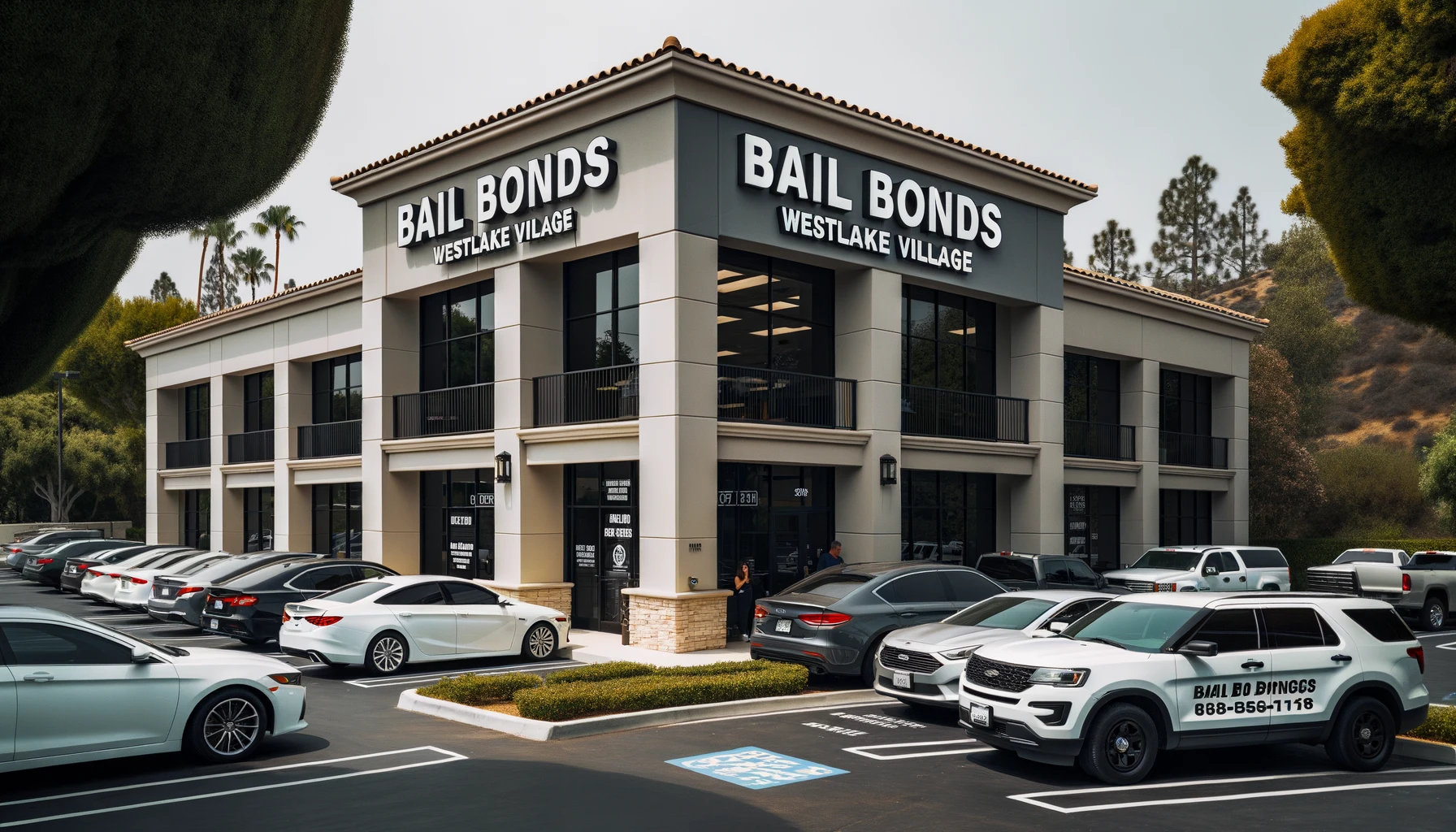The best way to get your restaurant or cafe seen by many people is to design a website. Many food bloggers have large followings and they design food websites. A good food blog can help you analyze your restaurant. Having a website for your restaurant or cafe is an essential part of your marketing strategy, but if you don’t have one, you’ll have to rely on other websites, such as OpenTable.
Menus
Menu design can be a challenging process. There are several things to consider, such as color schemes and fonts, and the overall composition of your menu. There are also certain rules you should follow, which can make the process a lot easier. If you are unsure about what to do, consult a professional designer.
There are two main types of menus: cyclical and static. Static menus typically feature the same specials every day, while dynamic menus change frequently. Static menus tend to be larger and feature fewer choices, but they can be easier to navigate. Most fine dining restaurants and cafes use a static menu to create consistency and a better customer experience.
In addition to providing information about the dishes on the menu, menus can also give diners useful information about the restaurant’s background and philosophy. For example, some menus provide a brief history of the chef, his resume, and his mission statement. Some menus also contain policies about gratuities and lost items. Also, some menus include health warnings about raw or undercooked meats.
Seating arrangement
The seating arrangement in a restaurant or cafe can affect the quality of the dining experience for customers. It is essential to make your guests feel comfortable, while also maximizing the available space and avoiding seating areas that are less desirable. There are three basic seating arrangements that have been proven to keep customers in their seats, and ultimately spend more money.
First, determine how many seats are needed for a particular number of customers. A restaurant or cafe should have at least 65 seats per 100 guests. The 65:35 ratio is considered the “golden ratio” of restaurant seating, dining, and service. For example, a restaurant with 10,000 square feet should have about six hundred and fifty seats. After analyzing the potential seating needs, the owner can determine the number and size of tables required. It is important to select tables with varying seating capacities and avoid placing booths too high, which can isolate diners.
Table service
A restaurant or cafe with table service may be more profitable. This is due to the fact that it involves less work and emphasizes speed. However, some people feel that counter service is more profitable because it generates more sales quickly. Dena disagrees. She thinks table service is more profitable because it provides more opportunities to sell. A simple question such as, “How much do you want?” may result in a sale.
A table service menu offers a more personalized dining experience and increases the chances of customer satisfaction. This can be achieved in two ways: table d’hote, which requires that customers order a fixed meal, and table a la carte, where customers order their food themselves. Table service is most often offered in restaurants, but can also be provided by a staff of multiple servers.
Prices
Before deciding to open a restaurant or cafe, owners should consider what their competitors are charging. It is important to remember that prices are a reflection of the quality of the establishment. This means that in order to justify higher prices, a restaurant or cafe must provide more than the competition. Moreover, a cheap cafe might send the wrong message to potential customers that the service and quality are low.
For a profitable restaurant or cafe, total occupancy costs should be between six and 10 percent of gross sales. Hence, the projected revenue should be multiplied by six to ten percent in order to determine the price range of the lease. Compared to restaurants, cafes can be cheaper to open as they require fewer inventory, real estate, and staff.
Women in the business
In recent years, the restaurant or cafe industry has seen a significant increase in women entrepreneurs. Many women, particularly those of color and immigrants, have become business owners. They are setting an example for other women to follow. In the food industry, women are making a difference in many different ways.
Women are now nearly 50 percent of the restaurant industry and 45 percent of restaurant managers. The National Restaurant Association (NRA) reports that women are holding more senior management positions than any other sector, and they are also co-owners of restaurants. These statistics show that women in the industry are a powerful force, but they often do not receive the recognition they deserve. One way to support women in the industry is to donate to the causes that support women.
Gender equality in the restaurant industry is an ongoing challenge. While the industry has made progress in recent years, women still face a number of disadvantages. Some women are still denied the opportunity to work in the industry because they are a woman, but there are many organizations working to eliminate these obstacles.


